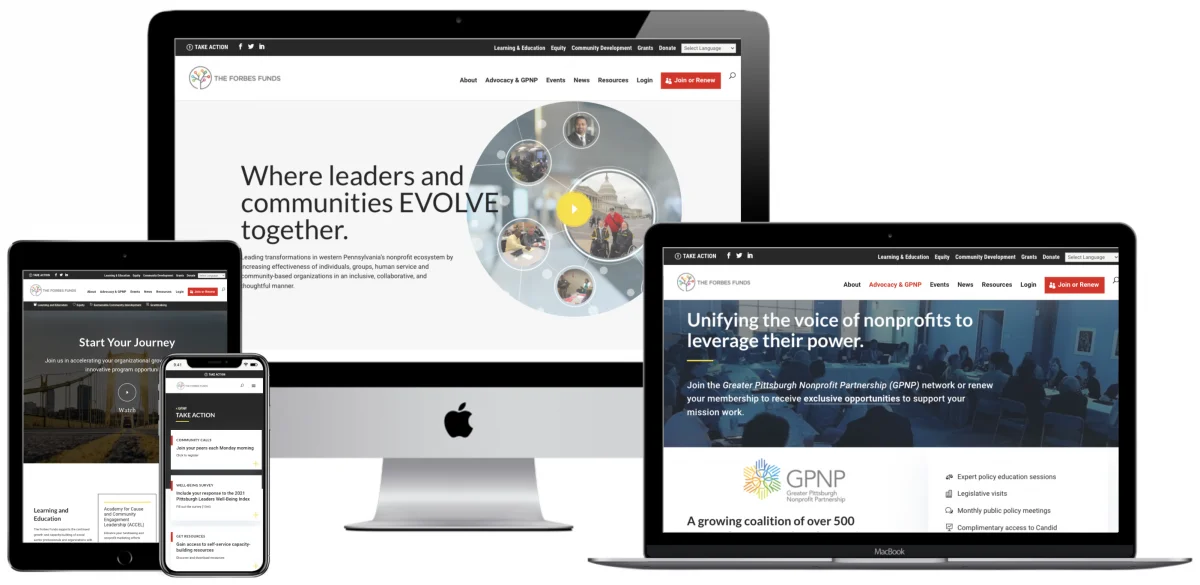Do you know when you go to the movie theatre and see the advertisement for Dolby Digital sound? You’re confronted with stunning imagery (a waterfall, droplets, the ocean, birds, trees, space-age images, lots of variety), interesting sounds (orchestra music, sounds to accompany the images, crescendos and decrescendos, crashes, and so on), and the brand logo (multiple times in case you forgot). It is similar to their HD sound test here. The point is, Dolby Digital is a sound company, but would the sound test be the same–or perceived the same–if it were just a black screen with noise coming from those surround-sound, movie-theatre speakers? Probably not.
Imagery is everywhere and it’s an integral part of our world. From advertising to city planning to nature to what we perceive as beautiful, scary, macabre, and anything in between, imagery plays a big role. Imagery also creates brand awareness. If you’re a florist, for example, and you want to showcase your floral arrangements, you’re not going to take your photos on a 1990s era camera phone. You’re going to select your most beautiful bouquets, light them perfectly, add the best backdrop to showcase them, and hire a professional photographer to take stunning, high-resolution images to upload to your website. If someone came to your website and the images were grainy, the flower arrangements were hideous, and the photos were taken with someone’s messy kitchen in the background, do you think you’d be selling many flowers?
Here’s why compelling imagery matters and best practices.
People will judge your website based on your imagery
In 1/10th of a second, people will judge your website. That snapshot will determine if they deem your website helpful and if they want to stay and explore some more. Some statistics suggest that by 2021, 80% of web traffic will be visual.
If you’ve ever been on a website with stunning graphics, an easy-to-use interface, and a wonderful, seamless experience, you’ll understand how visuals can impact your experience. The fact that you may or may not have remembered your navigation experience on most websites probably means those sites were done well.
On the other hand, those websites whose visuals are confusing, grainy, and distracting, are doing many things wrong–most of all, they’re losing customers.
User experience will be affected by how your site looks from visuals to where your menus are placed to how easy it is to find what they’re looking for. Either way, you’ll be judged on visuals and it’s important to get it right.
Consistent imagery creates a consistent brand identity
Websites can have a variety of looks from plain, elegant, and simple to busy, colorful, and fun–and so many ways in between. Some websites have interactive graphics. Others are peppered with icons and avatars. Further, some other websites may capture an audience with interesting high-res visuals (think photos of nature). Yet other websites may keep everything plain with limited imagery and text. What you decide will determine your brand aesthetic. And that aesthetic needs to be consistent across all of your platforms–from your website to your office, to your social media, to your business cards. Absolutely. Every. Piece. Of. Material. Needs. To. Match.
It’s a good idea to brainstorm early on what you want your images to say and be and then decide that across all platforms. And, it’s okay to redesign later and change your mind. Take a look at this video about how the Apple logo changed over time–all the way from starting out as an image inspired by Sir Isaac Newton in 1976 all the way to the colorful version two years later to the simple logo of today.
Again, even if you change over time, ensure that at every point, your brand imagery is updated across all platforms. You don’t want your logo from five years ago creeping into today’s marketing emails.
Imagery can make you stand out and tell your story
Let’s face it. The market is oversaturated–most likely–with whatever you do and any way that can make you stand out and differentiate from the crowd will be a bonus. If you create custom imagery, custom graphics, and a custom look overall, you’re sure to stand out over a website that uses silly, overused stock photos. (I mean have you seen some of those poses? No one is that happy in a business meeting, Brenda and Steve.)
That’s why when news articles write headlines they are often accompanied by a visual, which has sometimes gotten them into trouble. Visuals influence the reader. For example, if there’s an article about a man going to trial and the man is well-dressed in a suit, the reader will gain a favourable impression and perceive this person as ‘not guilty’ (whether that’s true or not), but if the headline is accompanied by a messy, rough-looking mugshot of that same man, readers will condemn him as ‘guilty.’ (That’s also a way that the news influences readers’ opinions, but that’s another matter.)
Again, consistent and clear brand imagery creates an overall impression of professionalism and allows potential customers to gain a favourable impression of your brand.
Best practices when it comes to imagery
Here are some imagery best practices.
- Hire a professional photographer and/or graphic designer who can create custom visuals for your website.
- For example, if you look at a company blog and they have consistent graphics for the visuals are they perceived to be more trustworthy? What if they used random stock images and all of the images were different sizes and some were grainy and unclear? Even something as simple as adding a brand-colored filter to your image can add consistency if you don’t have the budget for custom graphics.
- Keep things simple–at least at first. White space is your friend. Good web design isn’t always about what you see, but what you don’t see. It’s about layout; it’s about visual space and attractiveness.
- On every page, consider user experience. Is your above the fold homepage too busy? Is the homepage easy to navigate? Are your blogs easy to read? Can users take a ‘next step’ (such as navigating away from the page, viewing another blog, seeing another product and so forth) after visiting that page (with the exception of landing pages where you don’t want users to navigate away)?
- If you sell products, create stunning product shots. There’s a reason why Clinique created a brand around only product shots for its makeup range. Unlike many other brands, they chose to showcase their products and packaging over depicting models wearing their products. And it seems as if that choice paid off. But, if those images were poor, do you think the years-long campaign would have worked as well?
- No matter your business, ensure that all of your images are visually interesting, attractive, and high-resolution.
- Remember that it’s all about the details. From a logo at the top of the browser tab to subtle transitions, consider every detail of your site’s visuals and the overall experience of the user. You want nothing to be distracting, but everything to work subconsciously to attract people to your site.
- It’s a great idea to sketch out what you want your site’s pages to look like and look at sites you like using as examples of what you want to create for your own brand.
- Grid structures often work well. Strict grid structures allow websites to seem effortlessly organized. As humans, we like some sort of visual structure and website grids do that well. Just be sure to keep the Rule of Thirds in mind, too.
- Show your face! People like to buy from people. Better still if you have a story to tell about why you started your business and your ethos. Showcase all those lovely people who work for you by having an ‘about us’ page that depicts those faces that work for you. Like in any category, though, hire someone to take those company photos.
- You can choose whether you want your photos to be fun or serious. Some websites have had a serious company photo and then you scroll over the image to reveal the worker with more ‘added personality,’ wearing their less-than-corporate style. Whatever you choose, make sure that you hire professionals and don’t take pictures with a camera phone.
The bottom line of the entire ‘best practice’ list is really to hire people who know what they’re doing when it comes to creating stunning images–be it via photography or computer graphics. When you buy quality the first time, you won’t need to update your imagery as often as if you do it poorly–since quality imagery will stand the test of time.
We’re a visual world and people will judge your website really quickly. Ensure that your visuals and design match your brand.
Need a website redesign or just need a brand library update?
At Key Medium, we are masters of beautiful websites, created with SEO best practice in mind. Take a look at some of the testimonials from our satisfied clients. With our help, your business website will automatically be optimized for local SEO, off-site and on-site SEO, as well as voice search. Not to mention we can fill your site with stunning visuals that are sure to impress. Get in touch today.

Elaine Frieman holds a Master’s Degree and is a UK-based professional editor, educational writer, and former marketing agency content writer where she wrote articles for disparate clients using SEO best practice. She enjoys reading, writing, walking in the countryside, traveling, spending time with other people’s cats, and going for afternoon tea.

